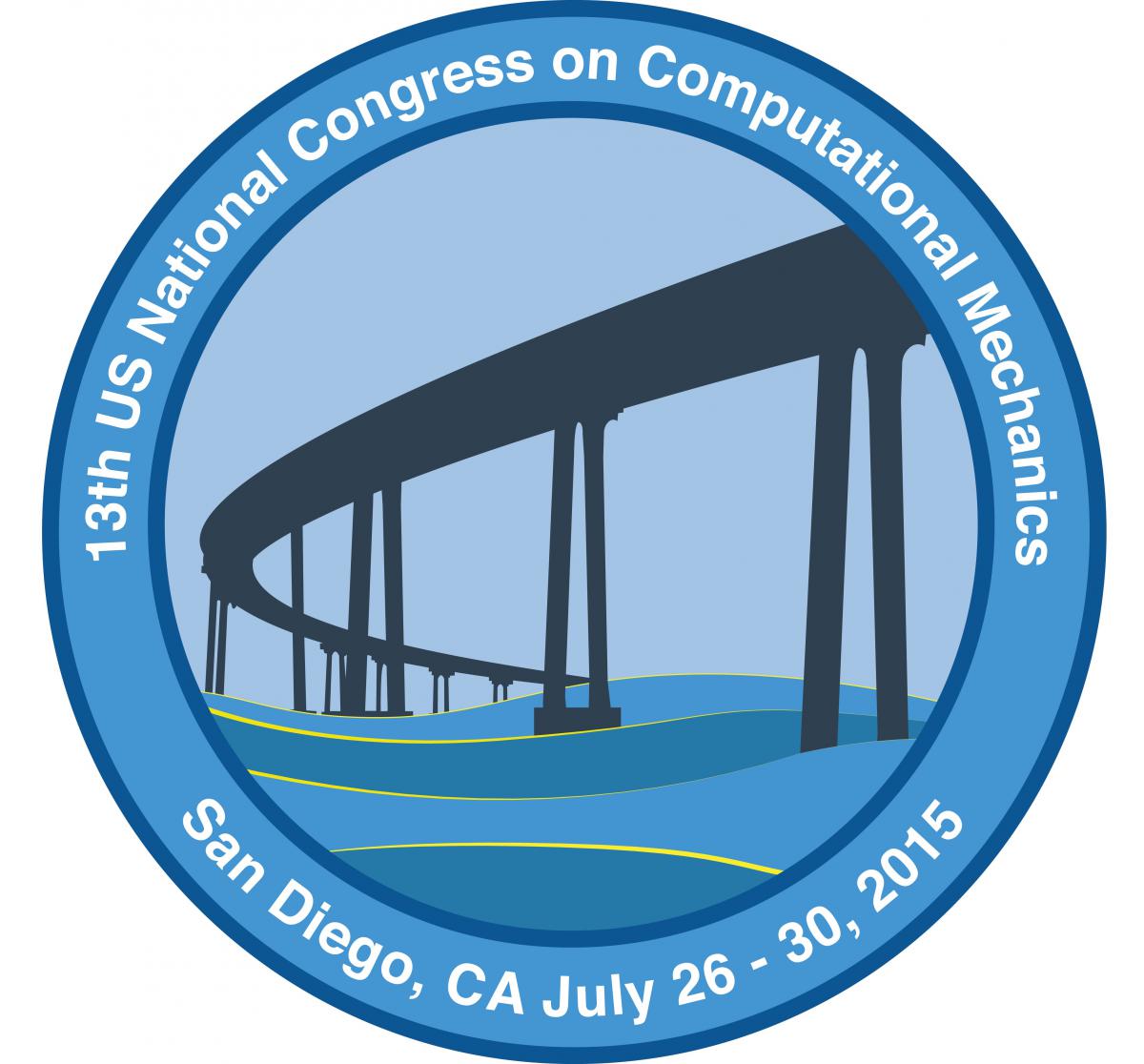Integration of Crystal Plasticity into Modeling and Simulations of Materials across Different Length and Time Scales
Jonathan Guyer, National Institute of Standards and Technology
Plastic deformation of crystalline metallic materials is crucial for modeling the response of materials to mechanical loads. In addition to deformation, damage and material failure under loading are important. Long term material behaviors such as fatigue and creep are also inherently related to plasticity of crystalline materials in service. There is a strong demand to develop effective materials models that are based on the understanding of crystal plasticity in order to accurately describe and predict the material behavior during forming or in service. Such models enable (1) fast and high quality productions in material development and production phases, and (2) better life prediction and assessment of materials in services. However, the complexity of deformation response across multi-length and multi-time scales makes the modeling and simulation of material behavior challenging. The complex behaviors of crystalline materials inherently correlate with microstructural features (such as preferred crystallographic orientations, dislocations and precipitation etc.) and how they evolve during loading. The understanding of the plasticity of crystals across various length and time scales is important for developing accurate and effective materials models. This symposium aims to bring together scientists and engineers to present their recent advances in the integration of crystal plasticity into modeling and simulation of crystalline metallic materials across different length and time scales. Both fundamental understanding and solving practical problems in forming and in service are of interest. The symposium organizers cordially invite scientists and engineers to present their work in the following topics:
- 3D Microstructurally-based Modeling and Simulation
- Thermal Dependent and Time Dependent Constitutive Modeling
- Multi-length and Multi-time Scale Modeling and Simulation of Deformation and Damage based on Finite Element Methods, Visco- (Elasto-) Plastic Self-Consistent Models, (Elasto-)Visco-Plastic Fast Fourier Transform, Discrete Dislocation Dynamics, Molecular Dynamics Simulations etc.
- Advances in Deformation and Damage of Crystalline Materials during Forming, Fatigue and Creep: Computation and Experiment
- Integration of Crystal Plasticity-based Models into Material Development, Production and Application





